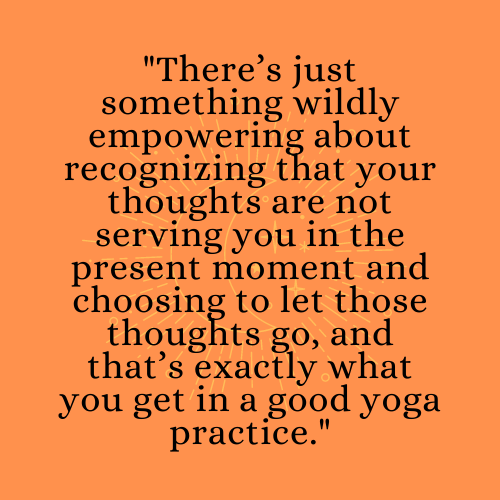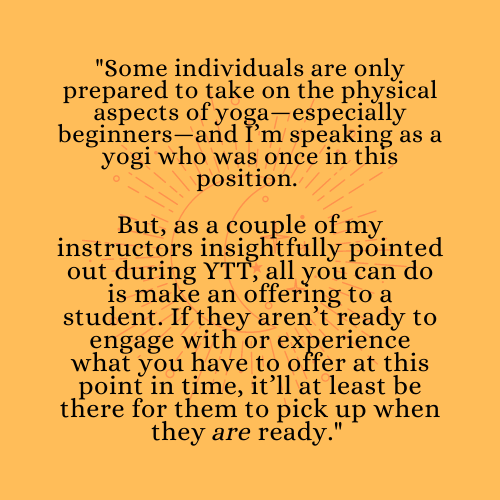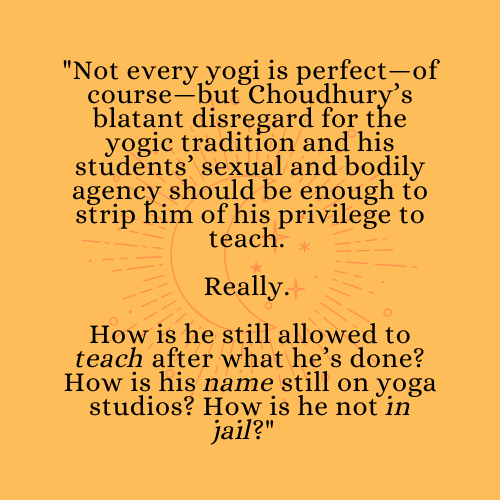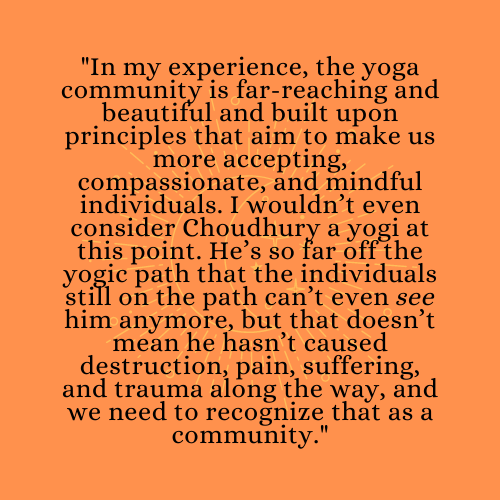Little Feminist MOVE-ment: 5 Yoga Asanas I Loathed But Now Love
It’s Not All Love and Sunshine, Okay?
Despite the fact that yoga is, at its core, a practice based in compassion, non-violence, and love toward the self and others, there are certain postures (asanas) that I absolutely loathed for the longest time. There is value in each and every asana, of course, but that doesn’t necessarily mean that I—or any yogi, for that matter—loves all asanas equally.
In fact, there are countless asanas of which I am still not particularly fond; most notably, Chair Pose (Utkatasana) or “Awkward Pose.” A fitting name if you ask me. I still groan internally—and sometimes out loud—whenever a teacher guides me into Utkatasana. However, there are a few asanas that I once loathed some time ago but have now grown to love.
Let me tell you a little bit about them, and why I had the change of heart.
1. Downward-Facing Dog (Adho Mukha Svanasana)
Downward-Facing Dog (Adho Mukha Svanasana) is considered one of the fundamental resting asanas in yoga. To be frank, when I first heard this, I almost burst out laughing because I still sweat and ache if I stay in this asana for an extended period of time. I can definitely hold it for longer and more comfortably now than when I first started practicing yoga, but it’s still one of the more challenging asanas for me.

Anyhow, I used to really dislike Adho Mukha Svanasana primarily because I was doing it based on how it looked rather than how it felt. What I mean by this is that I was trying to achieve the aesthetically pleasing look of the asana rather than make adjustments based on how I felt while in the asana: I would have my legs pin-straight and root my heels into the ground regardless of the fact that it wasn’t serving my body.
Now when I do Adho Mukha Svanasana, I allow my knees to bend as much as I feel necessary—which changes from day-to-day—even if this means that my heels hover slightly above the ground. This also allows me to better lengthen my spine and rest comfortably in the asana for longer.
2. Staff Pose (Dandasana)
Staff Pose (Dandasana) looks simple enough: you literally sit flat on your bum with your legs outstretched in front of you—flat on the floor or slightly bent—and keep the spine straight and long.
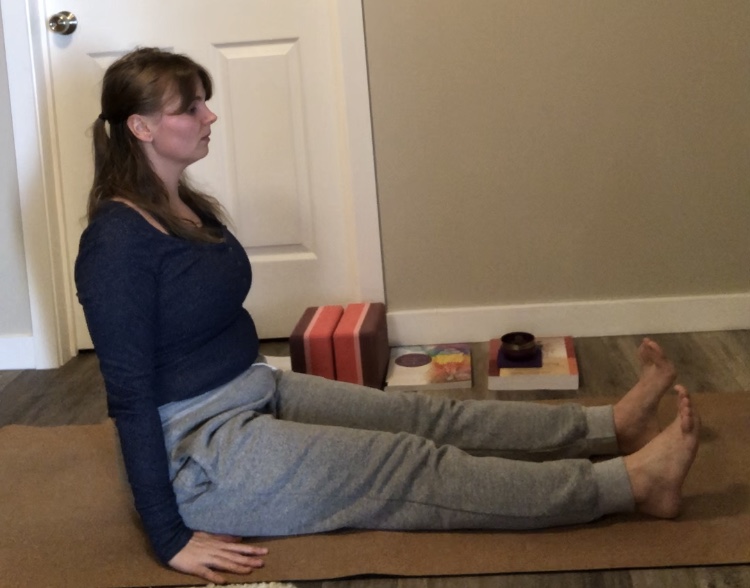
Simple: yes.
Easy: not at all.
It was the spine lengthening that initially caused me issues while doing Dandasana. You see, I have what some people—my lovely partner included—might call a slight hunchback. I’m kidding, but my posture is terrible. Well, it was terrible, until I started practicing yoga on a regular basis.
Don’t get me wrong, I still have difficulty with Dandasana, but it’s an asana that I incorporate into my regular yoga routine because I can actually see—and appreciate—how it is positively affecting my posture in the mirror each day.
3. One-Leg King Pigeon (Eka Pada Raj Kapotasana)
One-Leg King Pigeon (Eka Pada Raj Kapotasana)—or the popular folded variation—is quite an intense hip-opening asana, especially for beginners, which is why I really did not like this pose until recently. I mean—when you think about it—how often do you actively open your hips throughout the day? And let’s not count our sexual encounters, alright?
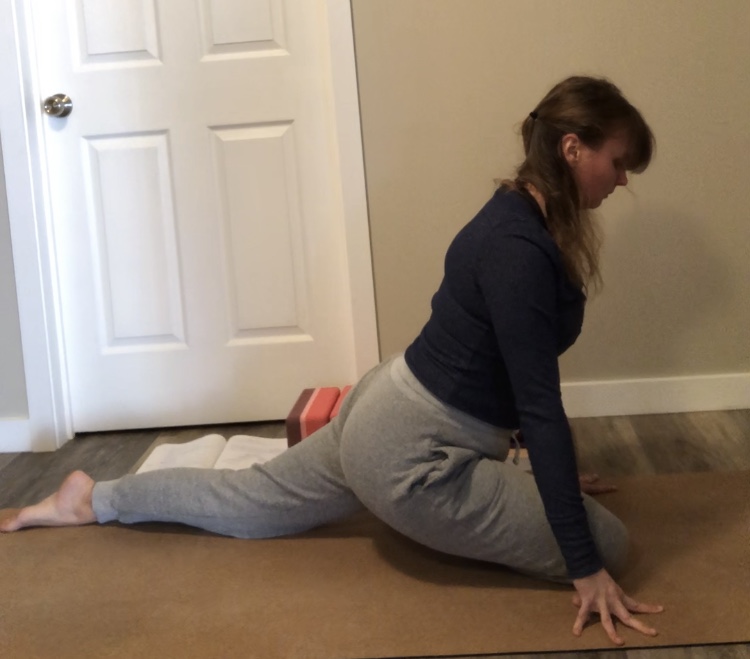
I can honestly say that, prior to starting my yoga journey, I didn’t do any exercise or movement at all during the day to actively open my hips: I sat at a desk all day; I went for the occasional walk or run; and I sat on the couch or rested in bed after work or school. None of which require hip-opening.
So, when I first encountered Eka Pada Raj Kapotasana in a yoga class, I was in for a rude awakening. I’m sure many yogis feel the same. Yet Eka Pada Raj Kapotasana has now become one of my favourite asanas purely because of its hip-opening qualities. I look forward to end-of-class cooldown simply due to the fact that it gives me the opportunity to stretch out and open my hips in this particular asana.
It feels good after an intense practice.
4. Boat (Navasana)
Much like Dandasana, Boat (Navasana) seems quite easy and straightforward to the observer: you roll back onto your sit bones, gently squeeze the thighs toward the tummy, lift your feet off the ground, extend your arms out in front of you, lengthen the spine, and—that’s it—you’re in Navasana. The difficult thing about Navasana, though—for me, anyway—is the core strength required to hold the asana for any length of time.
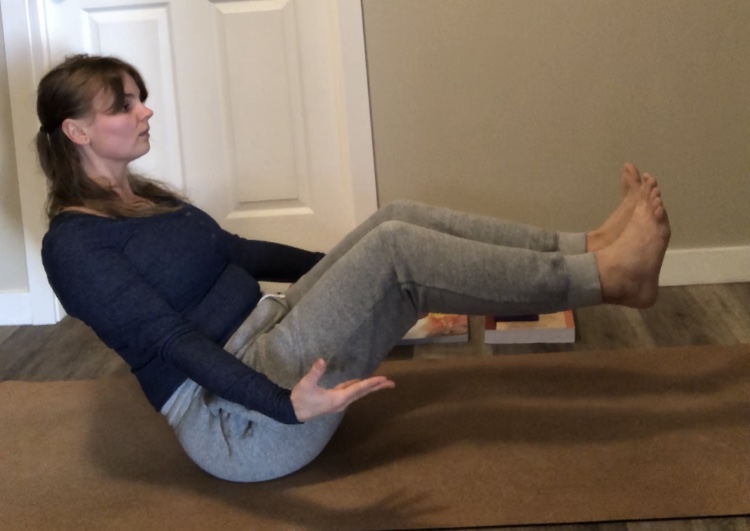
I’m undoubtedly one of those people who dreads doing any kind of core-work whether it’s sit-ups, crunches, bicycles, or anything along those lines. I can’t be the only one who feels like I have a core made of jelly, right? That’s exactly why I learned to love Navasana, though: I know that I need to do it in order to help build-up core strength and that it’s ultimately making my whole yoga practice that much stronger.
Navasana requires energy from every corner of your body, and you can definitely feel it afterward. I can often feel a burn even just holding the asana for five seconds or so.
5. Dead Bug
For a simple supine asana, Dead Bug is killer on the triceps and biceps. As a matter of fact, I initially did not enjoy Dead Bug because of the strange amount of arm strength it requires. For some reason, my legs are always fine in this asana, but my arms become limp little noodles and need to be released much earlier than my legs. It’s worth noting that I often opt for a variation with bent knees, so perhaps this explains why my arms give out much quicker.
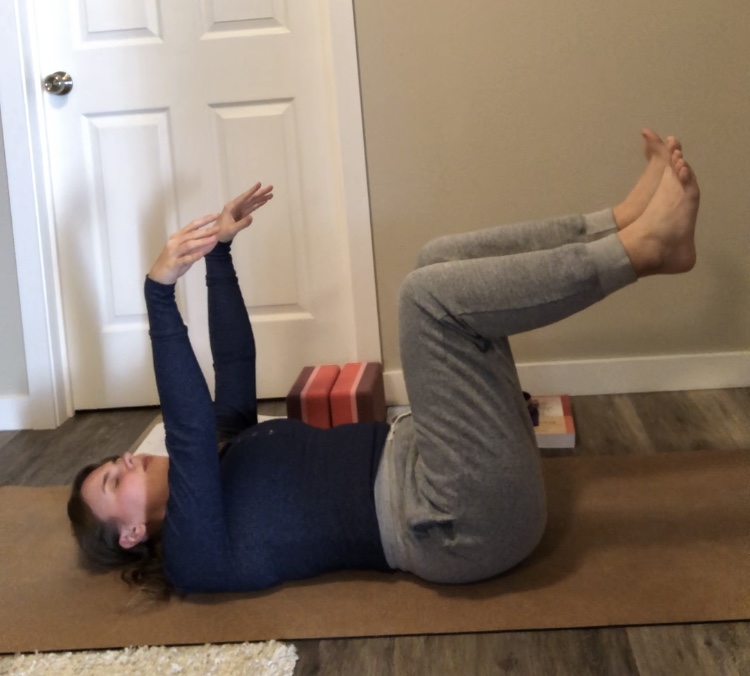
I learned to love Dead Bug, though, because of how it makes my arms feel after an intense practice, particularly a practice that is wrist-heavy or shoulder-heavy. Reversing the blood flow and allowing blood to run in the opposite direction feels weirdly good, and it feels even better when you finally release the asana after a moment or two.
What about you? Are there any asanas that once made you want to head for the hills, but now practice on a daily basis and enjoy it? If you say Utkatasana, I’ll be impressed (also, teach me your ways!).
